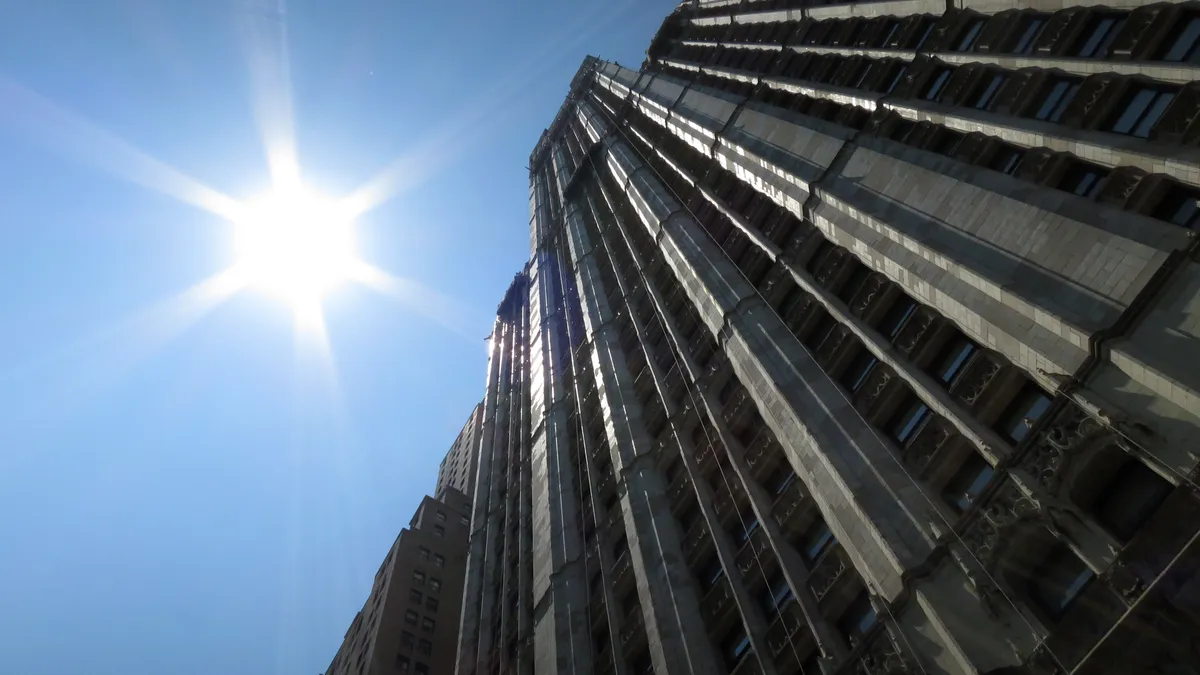Dive Brief:
-
Demand for design services continued to grow in March, with the American Institute of Architects' latest Architecture Billings Index posting a score of 54.3 for the month, compared to 50.7 in February and 49.5 in January. The ABI is an indicator of future construction spending with a nine- to 12-month lead.
-
Within the index, the institutional sector saw its third-straight month of growth at a mark of 52.9 in March. The multifamily residential and mixed-practice sectors recovered from contractions in February to readings of 54.6 and 53.7, respectively, for the month. Meanwhile, commercial/industrial stayed below the breakeven point for another month at 49.8 in March.
- The sub-index tracking new projects decreased to a score of 59.8 in March from 61.5 in February. Design contracts also fell slightly, from 54.7 in February to 52.3 in March.
Dive Insight:
The index started out the year in negative territory but quickly climbed upward on the strength of an active spring season. Similarly, continued increases in both construction spending and employment indicate that the pace of recovery will remain steady, if slow.
Construction spending increased 0.8% from January to a seasonally adjusted annual rate of $1.192 trillion in February. According to data from the Commerce Department, private residential construction drove the month-to-month spending growth, with particular strength in multifamily. Meanwhile, private nonresidential construction spending fell 0.3% for the period.
Employment in the sector is continuing its steady upward march, too, though companies in markets across the country say labor conditions remain tight. Still, construction saw a 2.6% year-over-year payroll increase from March 2016, adding 177,000 positions. Between February and March, the residential sector shed 7,600 jobs while nonresidential added 13,300.
Headwinds remain and stand to dampen industry optimism, which could slow demand for design services in the near-term. Most notable among those factors are rising material prices and the continued uncertainty as to the timing, scope and scale of President Donald Trump’s pledge to increase spending on federal infrastructure projects.















